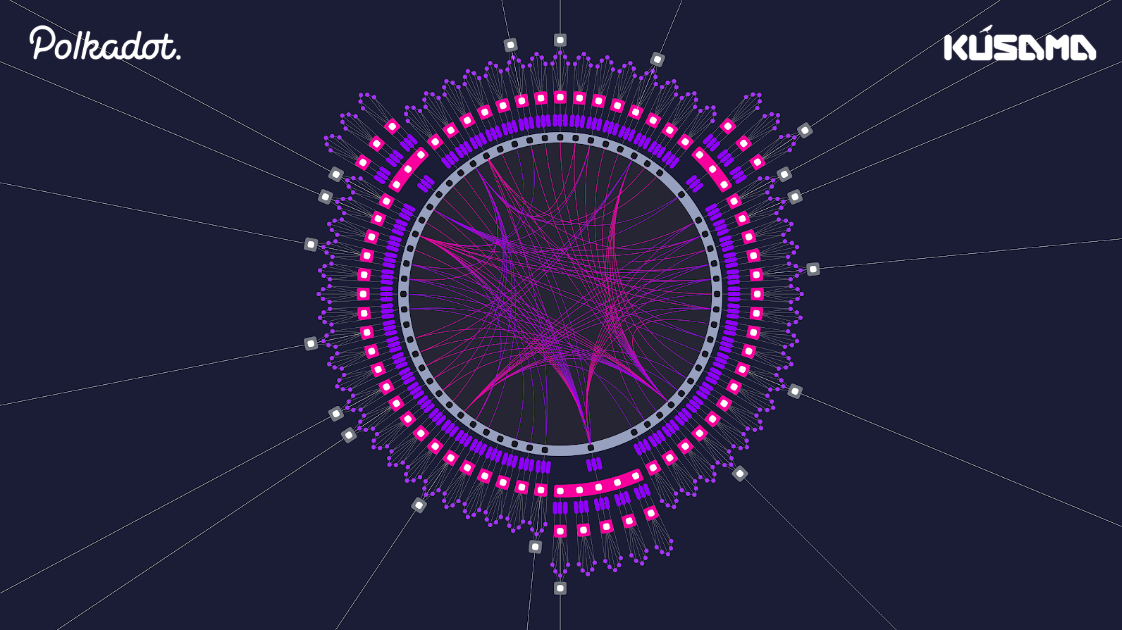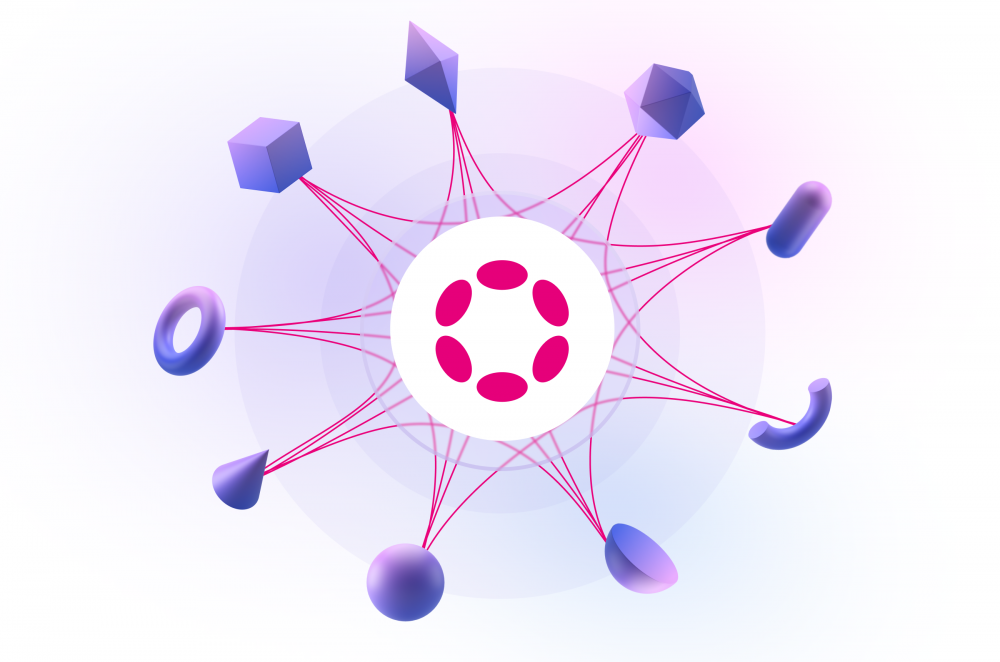Parachains are private, project-specific blockchains integrated into Polkadot and Kusama networks. This design structure allows parachain users to process transactions faster and at lower costs.
Parachains can be customized for any number of use cases and feed the main blockchain called the Relay Chain, which is considered the heart of the Polkadot and Kusama networks. Relay Chain is responsible for the shared security, reconciliation and transaction agreements of the network, and therefore, by being integrated into the Relay Chain, all parachains benefit from the core features of this network.
Parachains optimizes their functionality for specific use cases and in many cases supports their own coins. To become parachain in Polkadot and Kusama, projects must participate in a parachain auction.

How Parachains Work
Polkadot and Kusama are networks that allow both information and tokens to be transferred on them. Unlike Ethereum, where decentralized applications are built within limits set by the blockchain, Polkadot and Kusama allow developers to create their own independent blockchains.
This means that each parachain can have its own parameters such as block times, transaction fees, governance mechanism and mining rewards.
Instead of relying on their own clusters of validator nodes, Parachains leverage the security of Polkadot and Kusama network provided by Relay Chain. Instead, parachains are maintained by interleaver nodes, which store a complete history for each parachain and aggregate parachain transaction data into blocks to be added to the Relay Chain.
Each parachain has a special parachain slot that will be added to the Relay Chain, and to gain access to one of the slots, Web3, the team behind Polkadot and Kusama, developed what they call Parachain Auctions as a method to deploy the existing one.







